To cope with drought and salinity, from the beginning of 2025, the Department of Agriculture and Environment proactively developed plans and implemented measures to ensure water resources for production. In the 2024-2025 Winter-Spring rice crop, Long An province planted 242,773.2 hectares. To date, farmers have harvested more than 121,795.4 hectares, with a rice yield of 63.58 quintals/ha. It is expected that by the end of April, farmers will basically finish harvesting rice.
According to the authorities, this year, the saltwater intrusion situation is not as serious as previous years, the saltwater does not penetrate deep into the fields, the water level in the canals and rivers is still quite high. Therefore, the water source is capable of ensuring production.
Right from the beginning of the Winter-Spring crop this year, the Department of Agriculture and Environment has developed a crop calendar and water regulation scenario to prevent and combat drought and salinity. Accordingly, localities, based on the Department's plans, have developed detailed plans that are suitable to the actual situation in the locality and actively disseminated to farmers about the time to sow as well as measures to cope with drought and salinity intrusion.
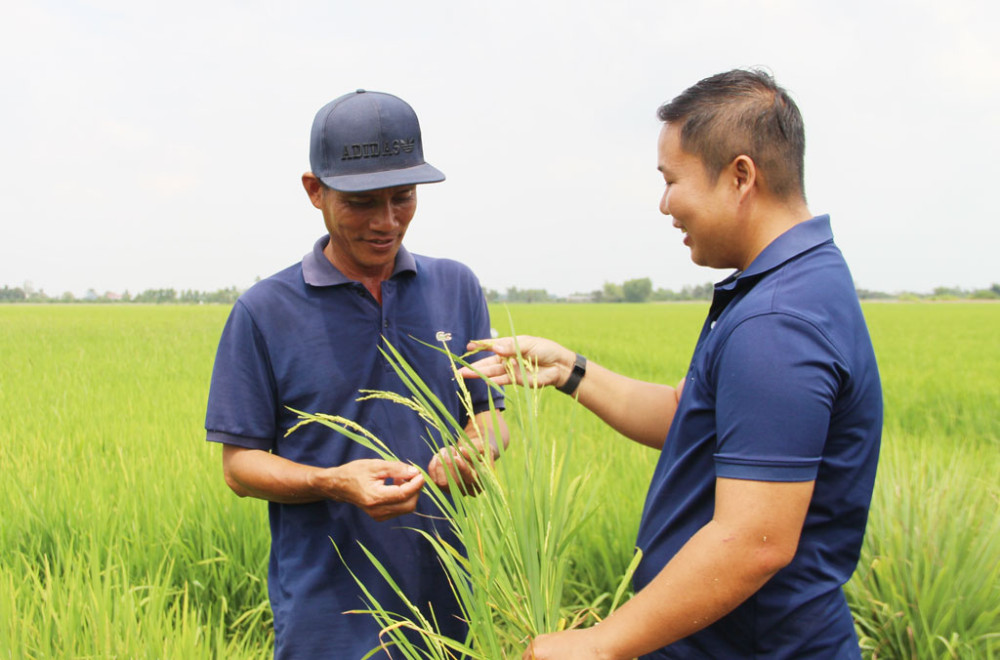
In Can Giuoc district, in the 2024-2025 winter-spring rice crop, the whole district sowed 3,525 hectares, 100% of which has been harvested. In addition, the district has more than 1,400 hectares of vegetables grown in rotation, concentrated in the upper communes of the district. These areas are located in the dike system, so they are not affected by drought and salinity.
According to information from the Department of Agriculture and Environment of Can Giuoc district, in order to cope with drought, salinity, and protect production, from the beginning of 2025 until now, the district has coordinated with the Provincial Center for Irrigation and Clean Water to regulate water and supply additional water twice to the Rach Chanh - Tri Yen canal system; at the same time, regularly inspect the dykes, irrigation works and salinity prevention sluices to have a timely maintenance and repair plan. Up to this point, the water source for agricultural production is basically guaranteed.

Deputy Director of the Department of Agriculture and Environment - Dinh Thi Phuong Khanh said, to effectively regulate water, the Department directed its affiliated units to proactively monitor water resources developments; at the same time, coordinate with localities to propagate and announce water regulation schedules so that farmers know and take the initiative in production.
In the coming time, the saline intrusion situation in the province will still depend on water sources from upstream and saline intrusion periods following tidal peaks. Therefore, to proactively respond to saline intrusion, affiliated units and localities need to strengthen information work on developments and saline intrusion situations and propagate and mobilize people and businesses to actively store fresh water and use water economically and effectively./.
Wisdom
Source: https://baolongan.vn/bao-dam-nguon-nuoc-phuc-vu-san-xuat-a192705.html



![[Photo] General Secretary To Lam receives Russian Ambassador to Vietnam](https://vstatic.vietnam.vn/vietnam/resource/IMAGE/2025/4/2/b486192404d54058b15165174ea36c4e)
![[Photo] Prime Minister Pham Minh Chinh receives CEO of Standard Chartered Group](https://vstatic.vietnam.vn/vietnam/resource/IMAGE/2025/4/2/125507ba412d4ebfb091fa7ddb936b3b)

![[Photo] Prime Minister Pham Minh Chinh receives Deputy Prime Minister of the Republic of Belarus Anatoly Sivak](https://vstatic.vietnam.vn/vietnam/resource/IMAGE/2025/4/2/79cdb685820a45868602e2fa576977a0)


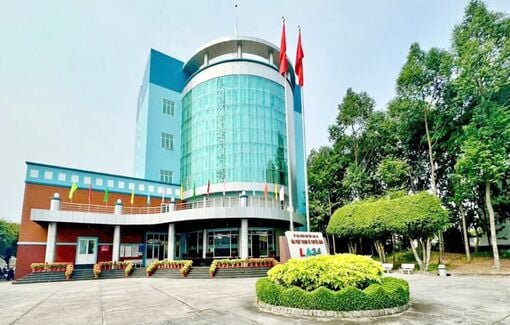








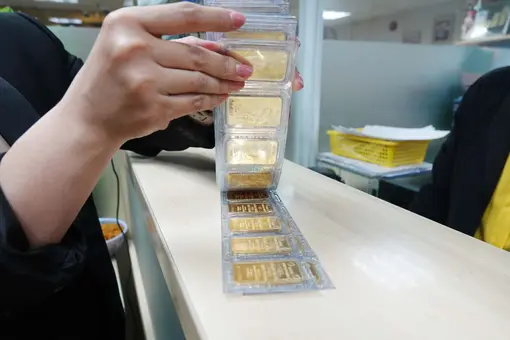



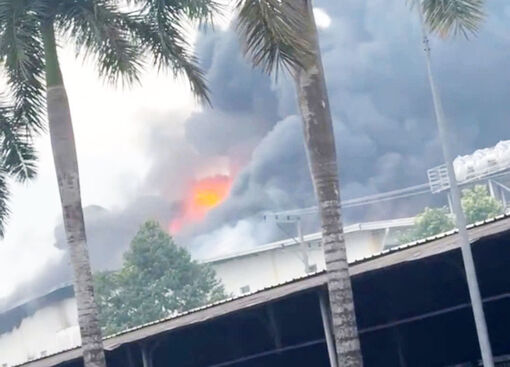












































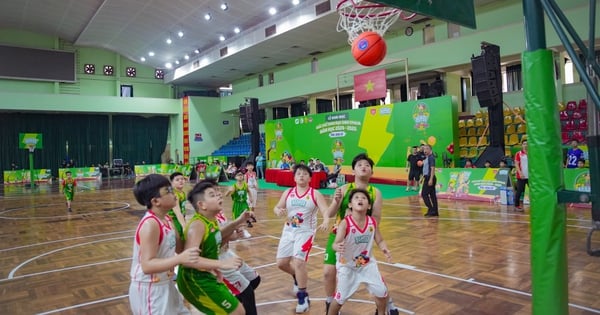






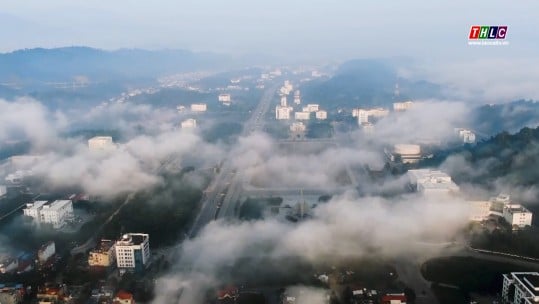















Comment (0)